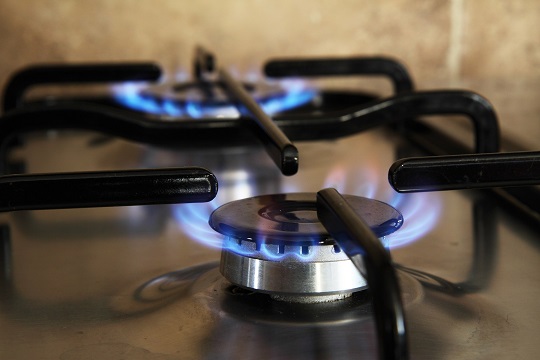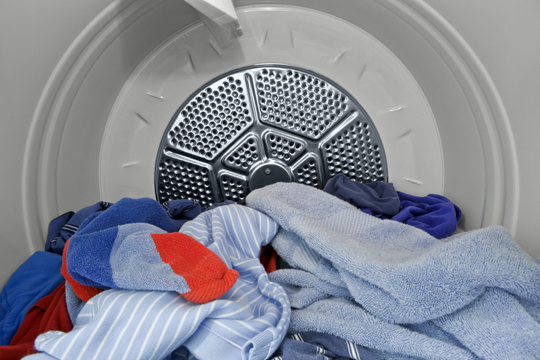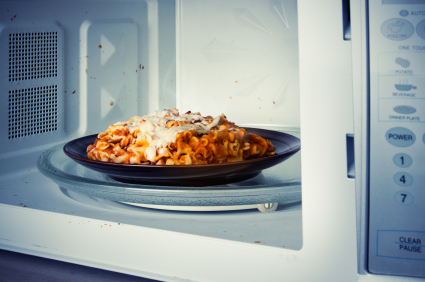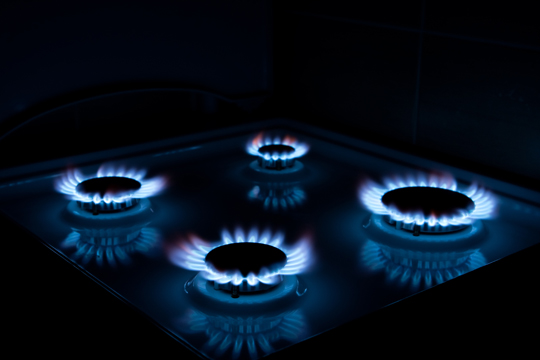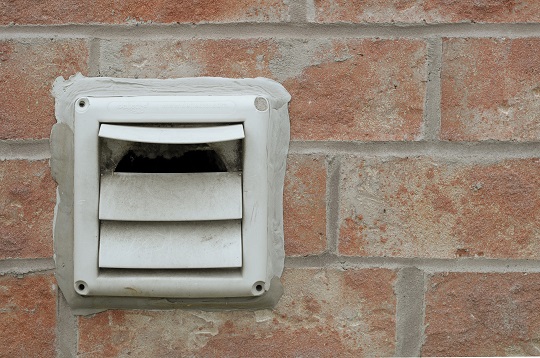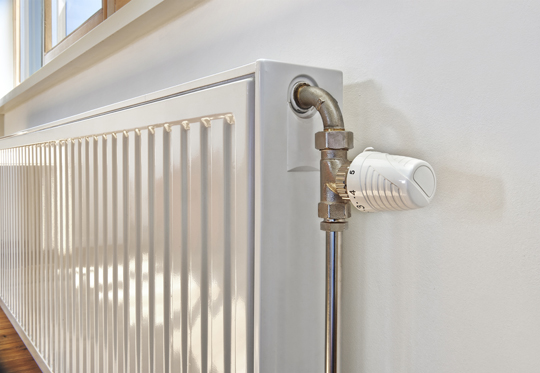Let yourself relax for a second. Whether you’re a soon-to-be college student nearing the end of the hurdle, the parent guiding them along, or a returning college student looking to resupply before next semester, shopping for college back to school month can be quite an undertaking – and everybody knows effective shopping requires a cool head.
Here are a few steps to take the hassle out of the process:
1) Make a list: Some smaller shopping jobs can be done off-the-cuff; this will not be one such trip. Consider all of the things that college calls for – it may help to do so in terms of the rooms of the house. Think about the bedroom, bathroom, kitchen, living room, office. Research and refer to the materials the school has given you to see what appliances will and will not be allowed.
2) Schedule: Wake up early for this; it’s not going to be quick. You’ll want to make enough space in the day to fit shopping as well as whatever else you had planned previously. If you can’t, it might be wise to spread it over a few days.
3) Think efficiency: Which stores do you need to hit? You’ll waste time and gas money by driving in circles around town, just like you’ll waste energy by running haphazardly around a department store. You should have a good idea as to where you’re going, for what, when, and what’s nearby.
4) Keep repairs in mind: There are some things you probably already have, like a computer, a phone, a calculator, and maybe even an old TV. There’s no sense in replacing that which can simply be fixed.
5) Plan for the journey ahead of time: This step is often overlooked, but so important: no matter the size of the school, there are likely to be hordes of families trying to move into first and second year dormitories, so you’ll need to be smart about how you plan to move in. Consider and plan for factors such as move-in time, moving logistics, parking, traffic on the way, the length of the trip, and if your car is up to the task.
If you don’t have a go-to guy for your tech repairs or car maintenance, we can help with that. Head over to TalkLocal and we’ll fix you up with just the guy you need, free of charge and headache, quicker than you can say “I’m feeling lucky.”




